Earth Science Outside – y 2018-2019 – Via SLDistrict
Session 1 – Agenda, Activities, Content
It’s said that students who are “placeless” don’t “do as well” as those who have a sense of place. Go outside! Patterns are a pathway to a sense of place.
Phenomenon:
Even apparently-boring places that lack topography, lack beautiful trees, or lack contrast can make fine places to teach Earth science outside if the place means something to you or your students.
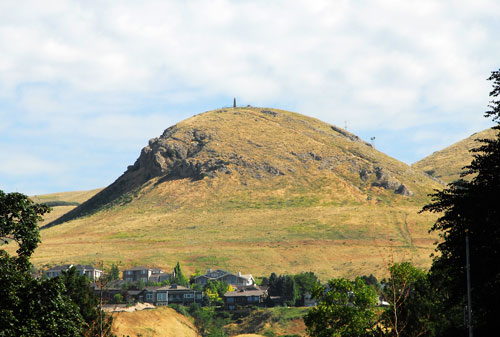
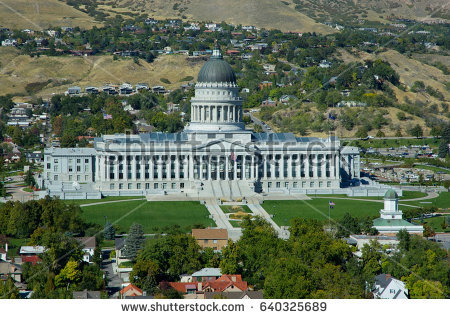
9 AM
Is this location relatively boring-looking?
How do your school grounds compare?
Boring? Place-based learning.
Earth Science Outside
Place-based classrooms. Location versus Place.
QUICK on Course logistics. Here’s MORE ON LOGISTICS and THE BIG PLAN
How’s the website?
Scavenger hunt… can you find…
The Syllabus… When does the field day field trip begin? What is the assignment due by April 1, 2019?
The four CONTENT topics (disciplinary core concepts) we’ll cover in class?
Information about Earth Science Education… Please recognize and thank Earth Science Education volunteers. Please contribute images for the web site.
The plan / vision / mission.
GOAL: Teachers will go outside with their students and share the JOY of Earth science with competence and confidence.
With respect to the K12 science framework… teachers will gain confidence with…
The FIRST of the Science and Engineering Practices: ASK QUESTIONS.
The FIRST of the Crosscutting Concepts: PATTERNS
and
FOUR of the Disciplinary Core Concepts:
- Tectonics (Session 2)
- Earth materials (Session 3)
- Role of water on Earth’s surface (Session 4)
- History of planet Earth (all sessions starting with Session 1, the concept of relative age).
9:45 AM
Relative
versus Absolute
Age
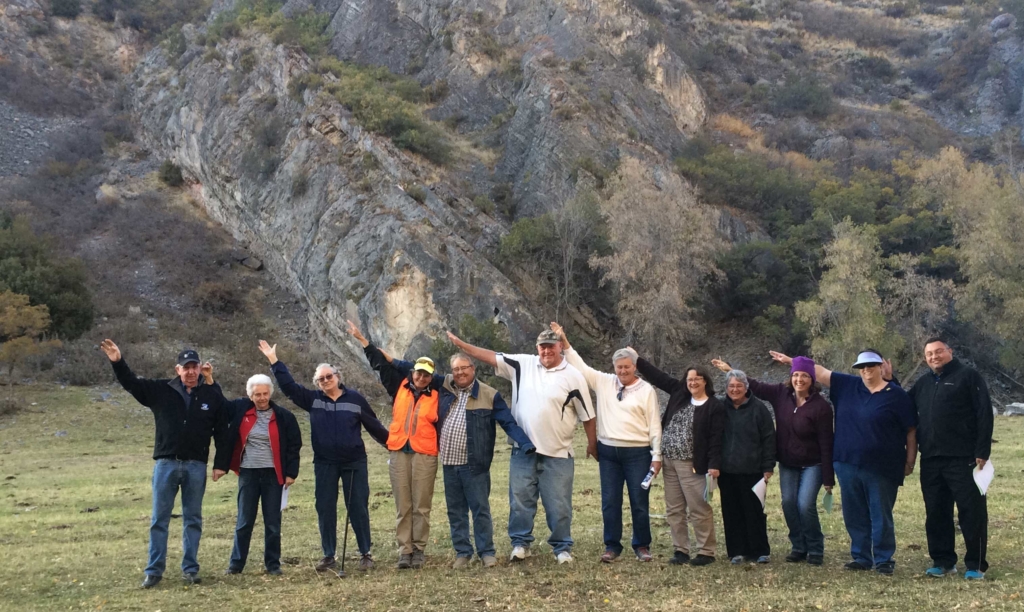
10 AM
Go outside!
Let’s go out the front (north) door facing 100 South.
We’ll start in the shade.
Concepts:
Location versus
Place
Activity:
Where does the sun set?
Directional yoga.
Patterns
Everyone clear on what “topography” means?
PATTERNS of topography – USGS.
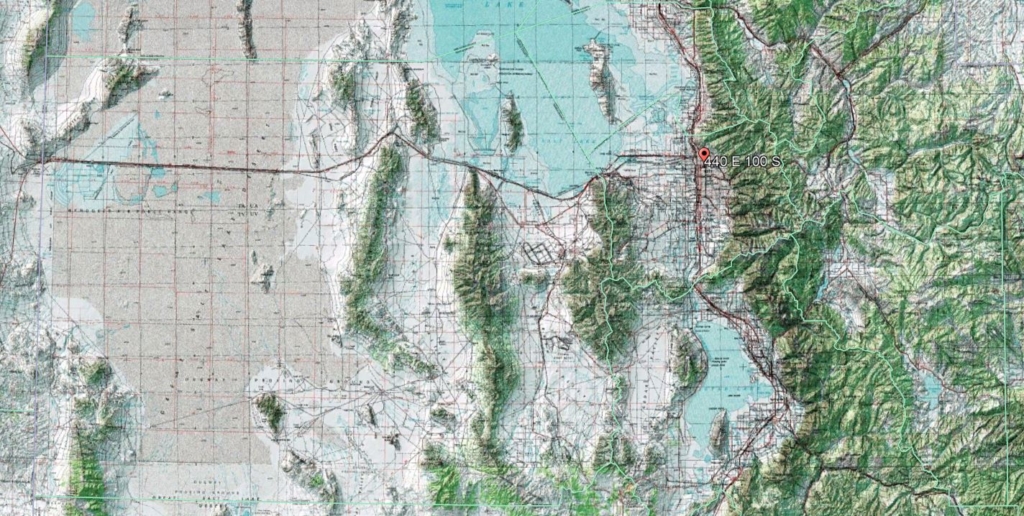
Patterns – Topography we see Outside.
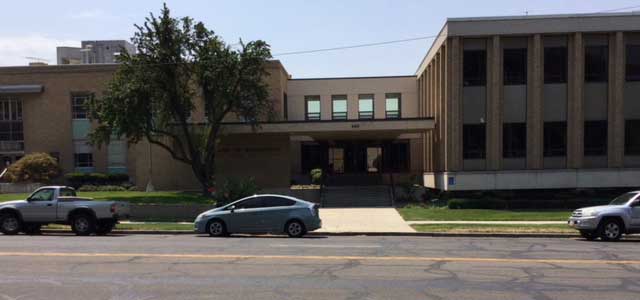
10 AM
Continue outside!
Walk west to 400 East.
k12 Science Framework crosscutting concept
Patterns
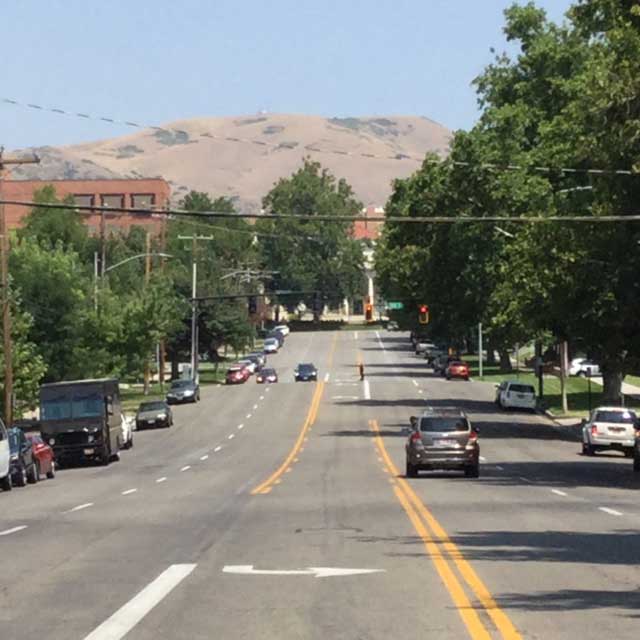
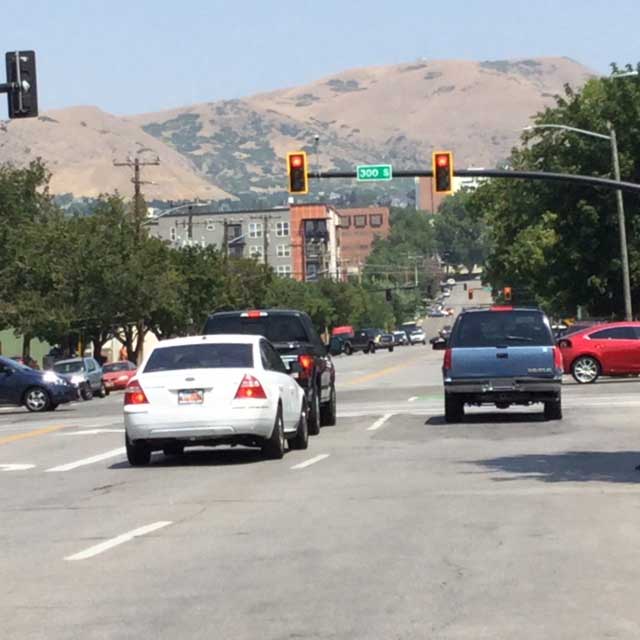
Earth Science Outside…
Practice k12 Science Framework
Teachers will see patterns
Teachers will practice curiosity
Teachers will NOT give “answers”
Teachers will anticipate how each others’ questions might link to:
- Tectonics
- Earth materials
- Role of water on Earth’s surface
- History of planet Earth (we’ll just do Utah.).
10:45 AM
Review Homework Expectations.
Relief maps for teachers
CLICK HERE for Homework 1 due September 8 for review in Session 2.
CLICK HERE for Summary of assignments.

What about “content”.
Teachers lack confidence when we don’t understand even the basics of what we are teaching.
It’s fun to go outside and GREAT to not need to know everything about Earth science.
But… it would even be better to have some basics about what we see outside.
This site will have sections on what teachers may want to know (but don’t “teach it”) in order to guide their students curiosity.
These four sections of this website will be updated through this course. NOT ACTIVE probably until 9/1/2018.
CLICK HERE for Tectonics outside for SLDistrict teachers
CLICK HERE for Earth materials outside for SLDistrict teachers
CLICK HERE for Role of water on Earth’s surface… outside.
CLICK HERE Geologic history … how to tell relative age, some places.
Dear teachers…
If the goal is to have students investigate, let them! Please don’t teach those four content sections of the website, don’t even send your students to these pages. They are for you!
If you kind of understand the Earth science on those pages, then you can go outside with confidence,
Because you’ll know enough to link the CURIOSITY of your students to further inquiry about the SCIENCE.
Please… don’t just tell them… indeed, have faith in the K12 science framework. And… if it doesn’t work, let me know… later.
For now… Try this:
“I like how you see patterns of (topography, canyons, vegetation, colors on mountains, etc). If you can see patterns, you can be a scientist.”
And… dear teachers… if you can see patterns outside, you can teach Earth science, and Earth science leads to STEM.
Or Try this:
“I’m curious whether your idea about that canyon has anything to do with water… “
You know better than I what works with your students, but … that’s the plan for this course. Thank your for taking it.
Genevieve A.